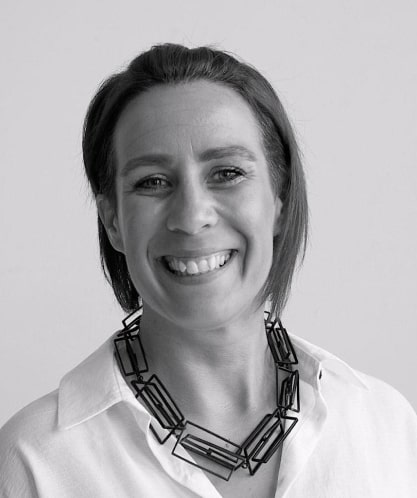What is the AIDA framework?
AIDA is a framework used in marketing that stands for Attention, Interest, Desire, Action.
It is a sales funnel commonly used to map the customer journey based on the assumption that desire and emotion drive purchasing decisions.
American advertising advocate Elias St. Elmo first coined the term in 1898. Today, it’s one of the most well-known models used to understand your customers’ needs.
The framework helps you to plan and optimize your marketing strategy. Using the AIDA model can help you generate leads, nurture them, and turn them into paying customers.
Why use an AIDA framework?
Visualizing your customer’s journey using a framework such as AIDA helps you understand their decision-making process and how they are likely to behave when purchasing.
Using a sales funnel framework such as AIDA can help you:
- Optimize your marketing spend
- Turn leads into customers
- Maintain visibility over the channels your customers come from
- Understand where customers leave your funnel
- Build customer retention
- Monitor your return on investment
How to use the AIDA framework to inform your marketing strategy
Dissecting the AIDA framework provides insight into the actions you can take and the questions you should be asking at each stage of the funnel.
Putting yourself in your customer’s shoes and understanding their process at each stage of their journey can help you make better-informed decisions about your brand’s messaging.
Awareness
The first stage in your customer’s journey, awareness, is when your brand gets on a potential customer’s radar.
How do you reach customers during the awareness stage? Depending on your business model (b2b or b2c), it could be via advertising, word of mouth, referrals, or cold outreach.
Generating brand awareness in a crowded marketplace can be challenging. Make sure you’re targeting the right audience and have done your customer validation before you start spending money on ads and outreach strategies. That way, you won’t burn money trying to grab the wrong people’s attention.
In the awareness phase, you want to think about how you will reach people and the message you want to share with them. How do you want to make them feel when they first come across your brand?
Related: Learn more about the Nano Influencer
Interest
Once your potential customers know your brand exists, you must capture their interest. Think about the following:
- Why should they interact with your brand more?
- How are you going to capture their attention?
- What tone of voice will resonate with them?
Ideas for capturing interest
Work on your content strategy to pique interest during this phase; it’s about adding value. Do your research to find out what your target audience is putting into Google and create content that answers those queries.
Capture the interest of your future customers with a lead magnet on your website. The email addresses of potential clients are invaluable for maintaining their interest, as you now have a direct line of communication with them. Capture their email address by offering a free guide or piece of content to help them solve a problem.
Social proof and customer reviews are also helpful during the interest phase. At this stage, you need to prove to your potential customer how your product makes the lives of others better.
If they see evidence of the benefits of your product, you’ll be able to hold their interest long enough to move them to the next stage of the AIDA framework.
Desire
In this stage of the framework, your customer goes from being interested in what you sell to wanting it or feeling like they need it.
You’ve laid the groundwork in the last two stages to help them realize your brand will solve a problem or fulfill a need.
When creating desire amongst your potential customers, you’ll want to show them why you have the edge over your competitors. Why should they choose you?
At this stage, it’s more important than ever to understand exactly who your customer is and what drives their decision-making processes. Creating an Ideal Customer Persona is a great way to determine your target audience. Insight into the psychology of your customers can help get your messaging right as you write targeted web copy, ads, and calls to action.
In the decision-making process, you’ll want to ensure your customers’ journey is frictionless; they can easily navigate your website and find the information they need.
Think about how you can build your customer’s trust and show credibility. Make customer service easily accessible or add an FAQ section, so they have all the knowledge required to make a purchase.
Action
Action is the stage in the AIDA framework where the customer parts with their cash to buy your product or service.
The most important part of the action stage is that they complete the action without abandoning it in the middle. Here are some tips to avoid incomplete sales:
- Make the call to action seamless, and don’t confuse the customer by trying to cross-sell, upsell and ask for tonnes of information. The less complicated your check-out process, the more likely the person is to complete the purchase (think Amazon’s one-click purchase model).
- If you want the action (purchase) completed as quickly as possible, don’t add hidden shipping costs and minimum order amounts.
- Make all the necessary information available before the payment screen, so they are less likely to exit the purchase at the last minute.
Avoiding obvious barriers to completion will help ensure you aren’t losing every person you get to the last stage of the funnel.
Experiment with the AIDA framework
All funnels have leaks and when you start using a framework like AIDA, you’ll notice people dropping out left, right and center.
You need to be open to experimentation to build a funnel that brings you qualified leads. Test different strategies, and keep reiterating to determine where you get the best returns.



